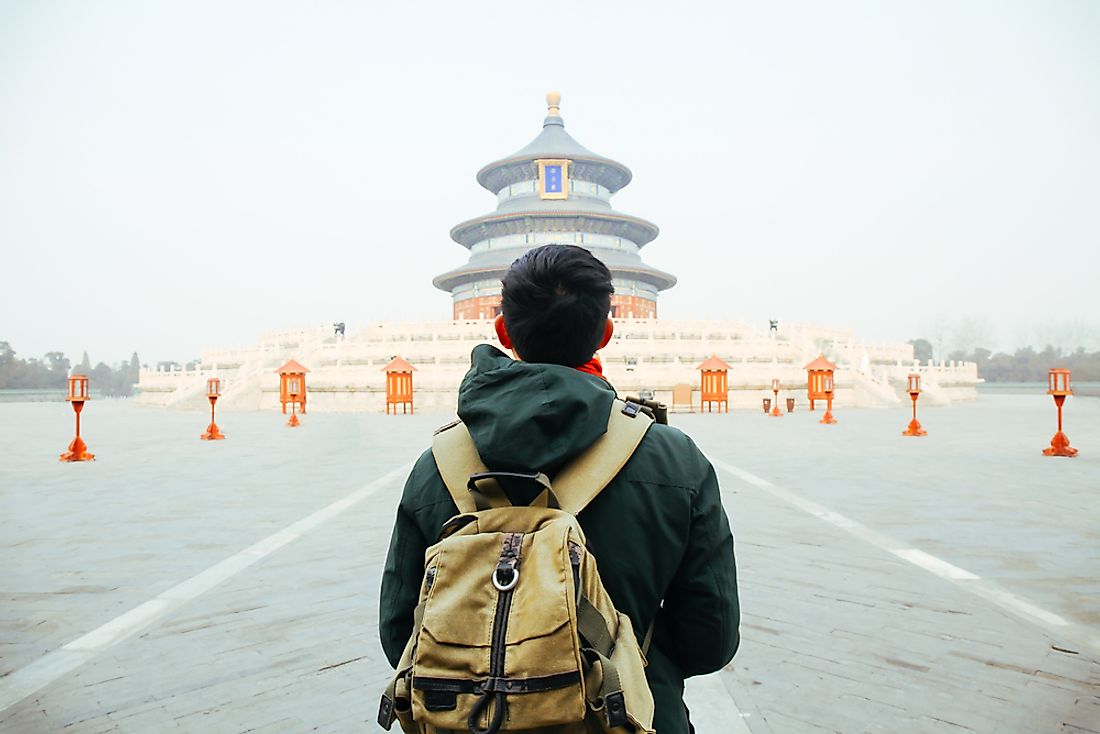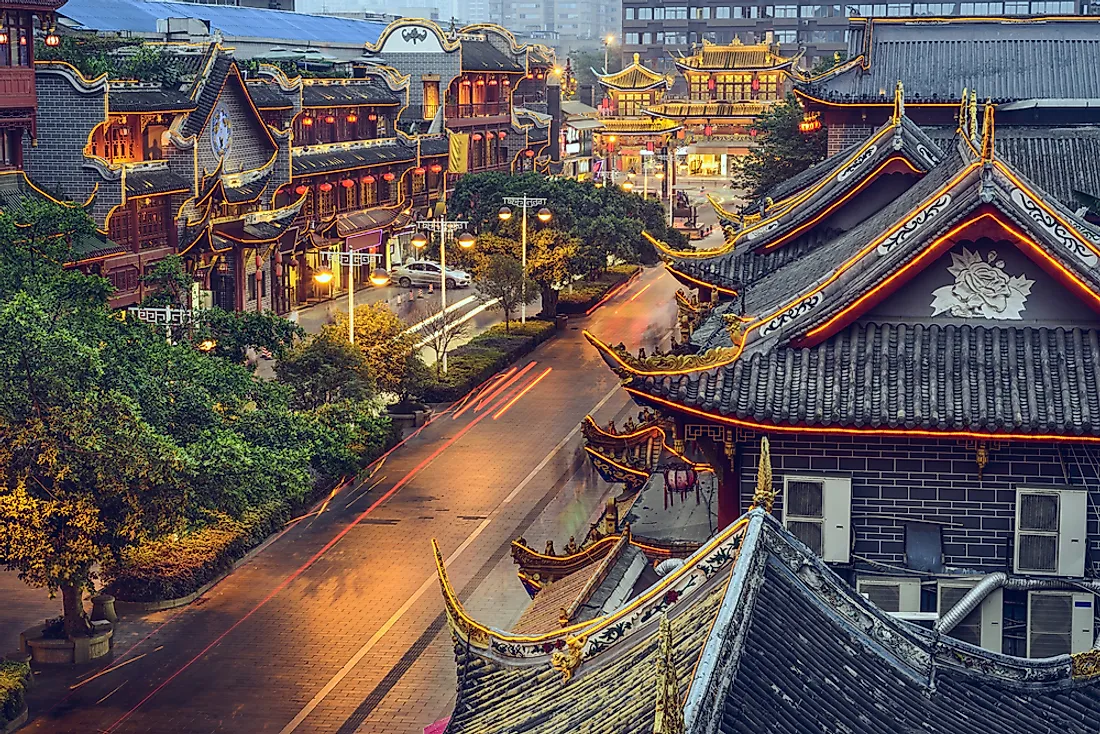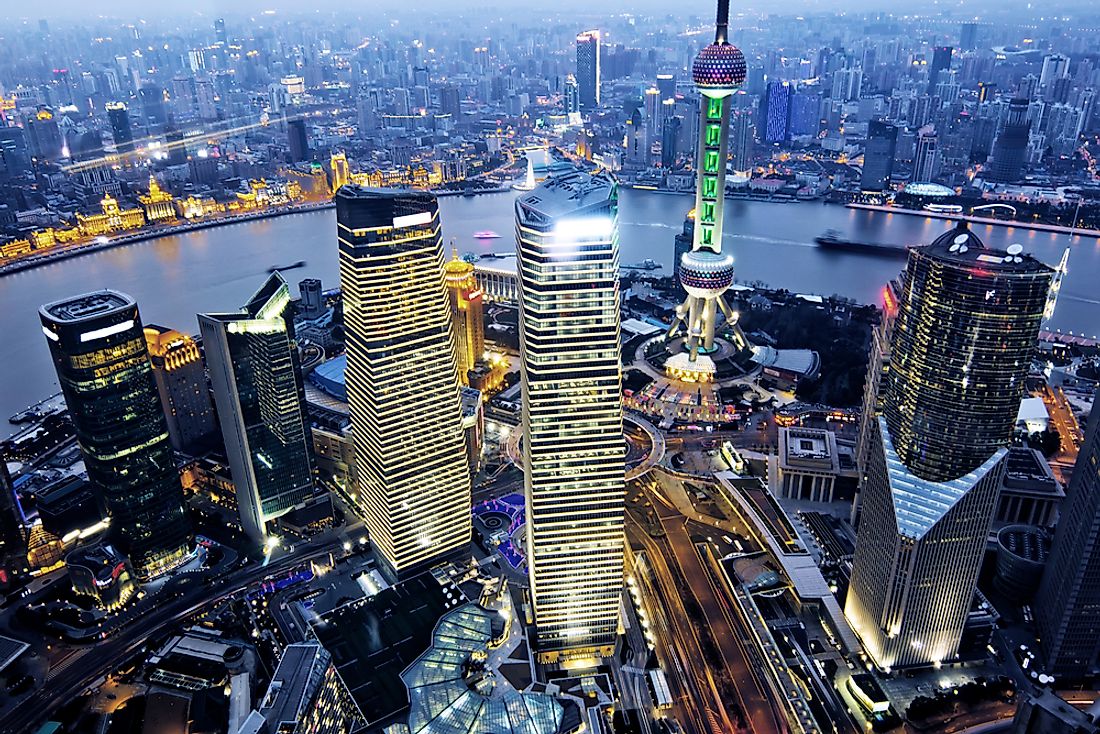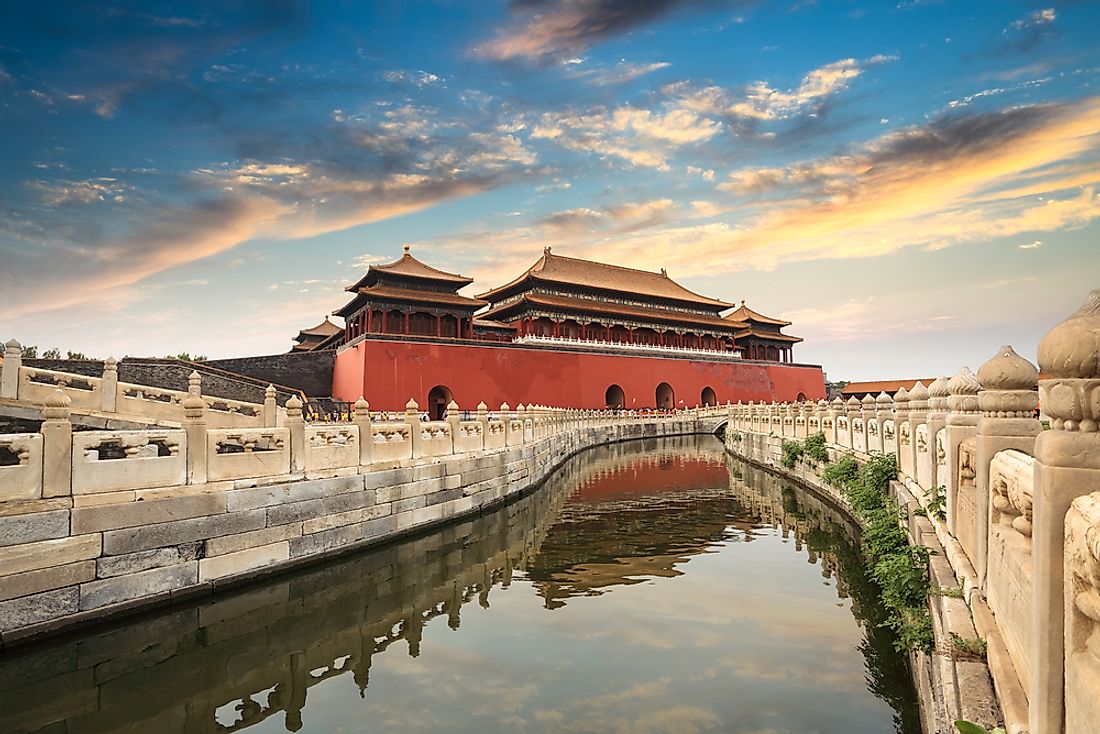Backpacking Guide to China - 1 Week, 3 Week, 1 Month and 2 Month Itineraries

China is a large East Asian country that has become increasingly popular with tourists over the last decade or so. It encompasses a wide range of geographic landscapes, from hot and humid subtropical forests in the south to vast and arid deserts in the north. It has a long Pacific coastline and tall mountain ranges. All of this is crisscrossed by coursing rivers and remains of the ancient Silk Road. Besides all of this natural beauty, China also offers travelers a look at its complex and diverse culture that has evolved over 5,000 years.
This uniqueness makes China a particularly attractive tourist destination. Deciding what to do during a trip to this country, however, can be overwhelming. To make it a little easier, here are several possible travel itineraries, created with the backpacker in mind.
4. 2 months - Beijing - Xi'an - Chengdu - Guilin - Yangshuo - Guangzhou

Fortunate is the person who has 2 months to explore China. As with most trips, the adventure begins after flying into Shanghai. Spend a few days getting to know this city. From the airport, take the Maglev train, which can travel up to 267 miles per hour, into the city and head to the Shanghai Museum. Its exhibits give a look into 5,000 years of history, which is a great way to start any trip to China. Soup dumplings are a typical dish in Shanghai and generally served at lunchtime. After a full day of exploring, many visitors like to head down to the edge of the river in the evening to catch a glimpse of the brightly lit cityscape. The skyline here is home to Shanghai Tower, the tallest building in the world. On day 2, an early morning walk through the Bund district offers a sharp contrast to the modern skyline from the night before. This neighborhood is home to 1920’s Neoclassical-style architecture all along the Huangpu river. An excellent place to spend the late afternoon is on Dongtai Road to explore the many used bookstores and antique shops here. Visiting the French Concession area and strolling along Ruijin Road to see the mansions and ornate gardens is a good way to spend the morning of day 3.
Take a train to Beijing on the evening of day 3. In the morning, the first visit should be to the Forbidden City, or Palace Museum, in the center of the city. It can take all day to walk through and discover this palace complex. Other sites in Beijing include: Tiananmen Square, the Great Wall, the Temple of Heaven, and Hutong and Courtyards. To truly enjoy these sites, allowing for an entire afternoon is best. Outside of the city is the Summer Palace and the Ming Tombs, which can be enjoyed on separate day trips. Given the size of this city, a week to a week and a half here is recommended.
From Beijing take an overnight train to Xi’an, which can take anywhere from 5 to 13 hours depending on the line. Perhaps the most famous thing to check out here is the Army of Terracotta Warriors, located about 12.5 miles outside of the city. Within Xi’an, visitors often visit the city wall. It is the largest in the world, standing at 39.3 feet tall and 16.4 feet wide at the top, and walking along the top takes between 4 to 5 hours. Allow a day to simply roam around the city and try various snacks from street vendors.
From here, a flight to Chengdu, the capital of Sichuan, is a great next step. For people who love pandas, a visit to the Giant Panda Breeding Research Base is a must. Other attractions here include: the Wenshu Buddhist Temple, the Wuhou Ci burial grounds, and the Jinsha Museum. Chengdu can also be a good place to catch up on some much needed relaxation. It is located along Jin River and has a beautiful Ginkgo tree-lined walkway. This city is also home to a number of traditional tea houses. Outside of the city, the sacred mountain Emeishan offers a number of hiking trails, temples, and statues.
Next is a 1 hour and 35-minute flight from Chengdu to Guilin. Guilin and the surrounding area offer an abundance of outdoor activities and is a great place to go after spending so much time in the previous cities. One should plan to spend about 1 week here. On day 1, walking around the city and enjoying the sights and sounds is a good way to pass the time. After that, a cruise along the Li river gives travelers a chance to spend the next couple of days in Yangshuo. Here, visitors can ride bikes around the rice paddies, visit fruit orchards, and climb the famous Moon Hill. Another day trip (or 2) is necessary to see the rice terraces of Longji, complete with ancient walking trails and local folk performances. Before going on to the next location, a few days in the countryside of Xingping offers some excellent photography opportunities.
For the final leg of this 2-month journey, Guangzhou offers an excellent array of tourist activities. Trains are available from Guilin to this city. Some of the most popular things to do include visiting the: Sacred Heart Cathedral, Botanical Garden, Chimelong Paradise “Water Park, and the Huangsheng Mosque.
3. 1 month - Shanghai - Beijing - Xi'an - Chengdu - Guilin

The 1 month itinerary is very similar to the 2 month, except it replaces the visits to Guilin and Guangzhou with a visit to Chongqing. With 1 month in China, travelers can spend 3 days in Shanghai, take a train to Beijing and stay for 3 days, take an overnight train to spend 1 week in Xi’an, from there fly to Chengdu for 1 week, and then take a train to Guangzhou and stay for 1 week. All of the tips for Shanghai, Beijing, and Xi’an remain the same as mentioned in the 2-month itinerary.
The train from Chengdu to Guangzhou takes approximately 11.5 hours, giving weary travelers a chance to rest. After arriving, one of the most popular things to do here is arrange a river cruise through the Three Gorges Dam area of the Yangtze river. Many visitors enjoy walking along Foreigner Street within the city limits, which has a number of attractions, including: the largest public restroom in the world, an upside down church, and an Australian bar. Another interesting site is the Zha Zi Dong, a prison used during the 1940’s. Guangzhou is also a great base from which to check out the Dazu Rock Carvings UNESCO World Heritage Site, about 3 hours away.
2. 3 weeks - Shanghai - Hangzhou - Beijing - Xi'an

With 3 weeks in China, the best course of action is to take a 1 hour train trip to Hangzhou after spending around 3 days in Shanghai. Spend roughly 6 days or so in Hangzhou and from here, take an 8-hour train ride to Beijing. After a 3-day stay in Beijing, taking an overnight train to spend 1 week in Xi’an can help avoid the cost of another night in a hotel. Below is a look at how to spend a week in Hangzhou.
Hangzhou is surrounded by mountains covered in tea plantations. This city offers a look at traditional Chinese architecture and landscaping, complete with bridges, floating water lilies, and perfect island gardens. After spending a few days in the hectic urban setting of Shanghai, visitors to Hangzhou might enjoy renting a bike to cycle around the large West Lake located here. It is also home to the Grand Canal, which is the longest artificial waterway in the world and dates back to around 2,500 years ago. After a day of cycling, the 7:30 p.m. boat tour that leaves from Wulinmen Wharf is the perfect way to wind down the day.
The Xixi Wetland National Park is also located here. It covers 2,800 acres and offers several sights, including: the Plum and Bamboo Manor, where writers met during the Qing Dynasty; the Hazy Fisher Village, so named for the smoke emitted from chimneys; the Autumn Snow Temple; and the Deep Pool Mouth, which is the starting point for yearly dragon boat races. Just outside of the city are a number of tea plantations and the Imperial Tea Garden in the Longjing Village is a nice place to enjoy a cup. For those interested in learning more, the Tea Museum in the city offers a more in-depth look at the history of cultivating and enjoying tea.
1. 1 week - Shanghai and Beijing

For people on a tight, 1 week schedule, the best way to enjoy China is to stay in the two largest cities: Shanghai and Beijing. For Shanghai, the best schedule is to follow the 2-month itinerary plan for day 1 and day 2. On day 3 in Shanghai, however, the best bet is to get out of the urban setting before heading to Beijing. A trip to Anji Bamboo Forest gives visitors a look at some of the natural landscape that China has to offer. This forest is just around 4 hours from the city, with the earliest bus leaving at 7:10 a.m. from the South Railway Station. The Anji Bamboo Forest has a number of hiking trails, a self-controlled train car ride, and plenty of stone paths crossing the lakes. It is a wonderful place to spend the afternoon. To head back to Shanghai the same evening, tourists need to take a bus to Hangzhou and then a train or taxi back to Shanghai.
Once back in Shanghai, the best way to get to Beijing is on a high-speed train, which takes around 5 hours. In Beijing, visitors need a few days to check out the most popular attractions: the Great Wall and the Forbidden City Palace Complex.







